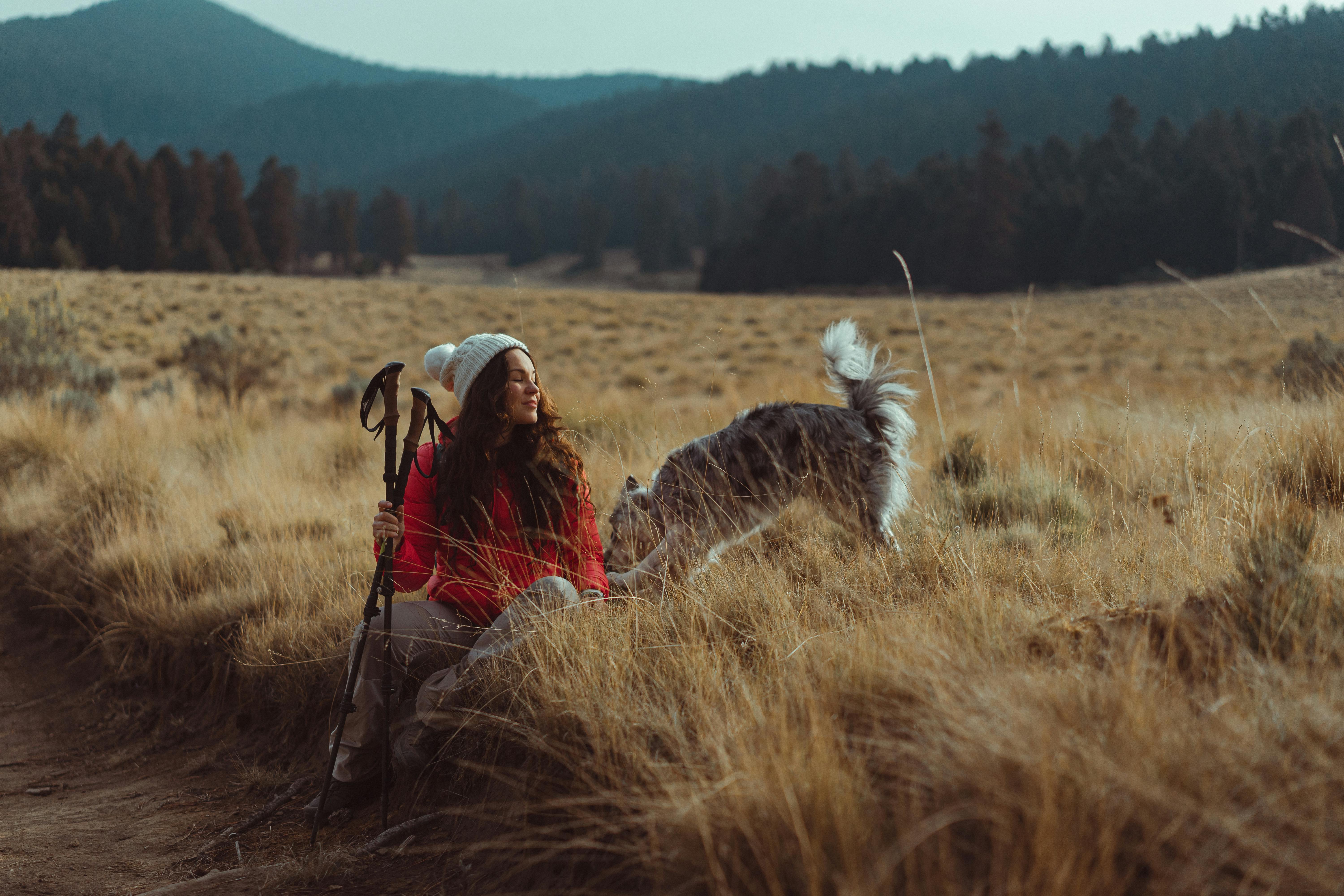
The Japanese Akita Inu is one of the largest Japanese breeds. Akita has evolved in the mountainous region of Akita Prefecture. But over time the breed mixed with various other breeds such as the Tosa. Centuries ago, the Akita were only the property of the Shogun. The dog was used to track game and keep it at bay until hunters arrived to kill it. Some of these types of game the Akita stalked included moose, wild boar, and 800-pound Yezo bears.
Hellen Keller was one of the first Americans to bring Akitas to the US. She was interested in Akita Inus and was introduced to the first two to enter the United States. Akita Club of America was founded in 1956. One of the two dogs died at a young age, however the other died of old age and spent a very long and happy life in America with Helen Keller. In 1973, the Akita breed was accepted into the American Kennel Club’s working group.
The Japanese Akita stands between 22 and 27 inches at the shoulder and weighs between 75 and 120 pounds. The Akita Inu is available in five colors red, fawn, sesame, brindle and white. Like many other Japanese breeds, the Akita has a thick, smooth double coat, a thick coat on the straight outer coast, and a smooth thickness of fur on the soft undercoat.
Akita, life expectancy ranges from 10 to 12 years. Since every Akita dog has a double coat, it requires regular grooming. Akitas generally have 2 molts once a year.
Akitas are very loyal and intelligent dogs. They are a very noble breed and highly revered in Japan. They are a nationally protected species along with all other native Japanese dogs, including the Shiba Inu, Kai Ken, Kishu Inu, Tosa Inu, Shikoku Inu, Japanese Chin, and Hokkaido Inu. They can often be destructive and aggressive if given nothing to do. Akitas can live happily in an apartment if they are given regular exercise. Like most Japanese breeds, they need to be socialized from puppyhood to be friendly with other dogs and people. Akitas are known to be very excited to see their owners, often moving and growling happily. They are very good with children and are usually very entertaining. This is a family dog with proper training and socialization.